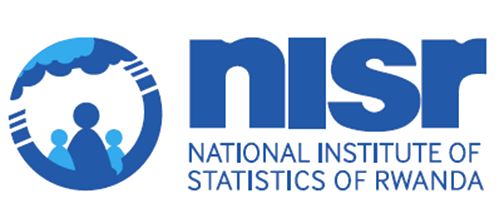Following data portals are Rwanda specific adaptations of specific web-based data platforms. Each of these, has a dedicated database system, modeled for specific data types (microdata, aggregate data and geo-spatial data etc.) it contains. Providing interactive access, data and metadata in these data portals are directly populated by the National Institute of Statistics of Rwanda (NISR). Some data portals provide additional features, such as Application Programme Interface (API) and Web Services for automated data sharing.
Rwanda for SDGS
The 2030 Agenda for Sustainable Development, adopted by all United Nations Member States in 2015, provides a shared blueprint for peace and prosperity for people and the planet, now and into the future. At its heart are the 17 Sustainable Development Goals (SDGs), which are an urgent call for action by all countries - developed and developing - in a global partnership.The SDGs are the blueprint to achieve a better and more sustainable future for all. They address the global challenges we face, including those related to poverty, inequality, climate, environmental degradation, prosperity, and peace and justice.
NADA (MICRODATA)
Dispenses metadata [survey documentation – questionnaires, technical documents and reports describing the surveys etc.; survey description – sampling frames and data collection information etc.; and data description – variables and counts etc.] and anonymized microdata of surveys (studies). Documentation and the file description for each study are available also in DDI (XML) and in Dublin Core (.rdf) respectively.
ODIN (Open Data Inventory)
The Open Data Inventory (ODIN) measures how complete a country’s statistical offerings are and whether their data meet international standards of openness. Rwanda ranks 41st in the Open Data Inventory 2020 with an overall score of 65. The overall score is a combination of a data coverage sub score of 57 and a data openness sub score of 71.
Devinfo (Indicators)
Offers aggregate data in tables, graphs and maps organized in the structure of indicators, units of measurement, subgroups [gender (male/female), location (urban/rural), age groups and others], time periods, sources and geographic areas (national and sub-national levels). The Data Query Service - allows generating API calls, facilitating third-party applications to communicate directly with DevInfo to make queries and retrieve data in various formats. The Registry (SDMX) facilitates access to various web services function
AGOL (GEOSPATIAL DATA)
Adaptation of ArcGIS Online, this data portal offers statistics in the form of maps and location data. Maps can be viewed in native browser environment, downloaded in various formats and shared either through links or embedding in a website or blog. These maps contain documentation with details regarding the source, providing metadata that allows the users to understand how they were created.
RWANDA E-GDDS / SDDS
As a culmination of efforts conducted in recent period, Rwanda National Statistical System (NSS) under the lead of NISR began publishing the required macroeconomic data on the National Summary Data Page (NSDP) as recommended by IMF’s enhanced General Data Dissemination System (e-GDDS). This is the transition towards subscribing to Special Data Dissemination Standards (SDDS) in the near future.
- PRESS RELEASE
HIGHWAY RWANDA
Delivers visual discovery and advanced analytics utilizing aggregate data. The time series analysis, allows users to utilize a variety of advanced statistical functions. The dashboard designer facilitates creation of customized dashboards. Data, visualizations (including the maps) could be delivered via email and exported to various file formats including Excel, PDF and HTML.
